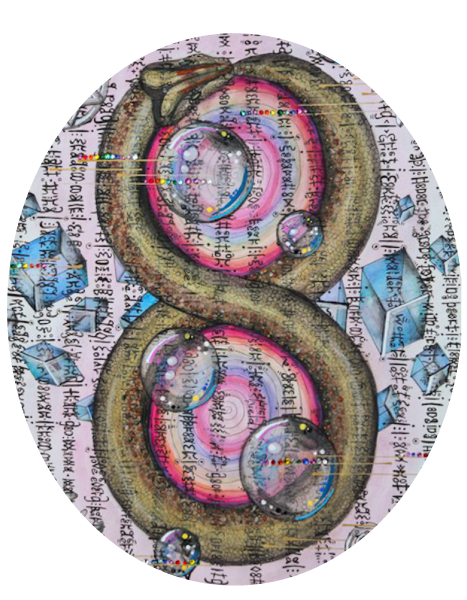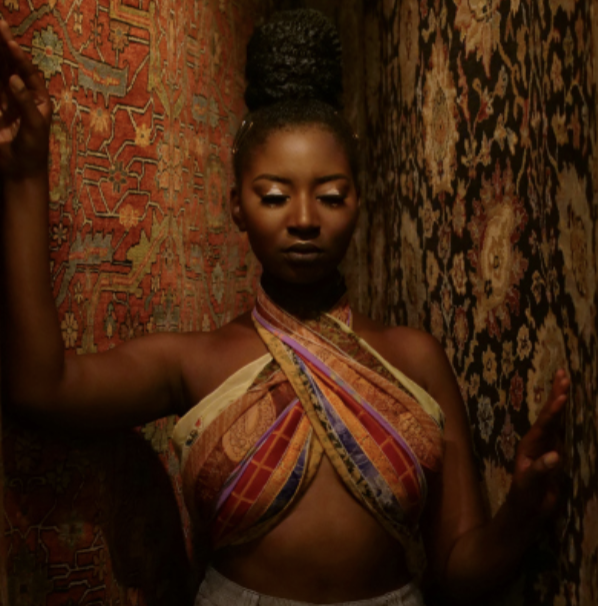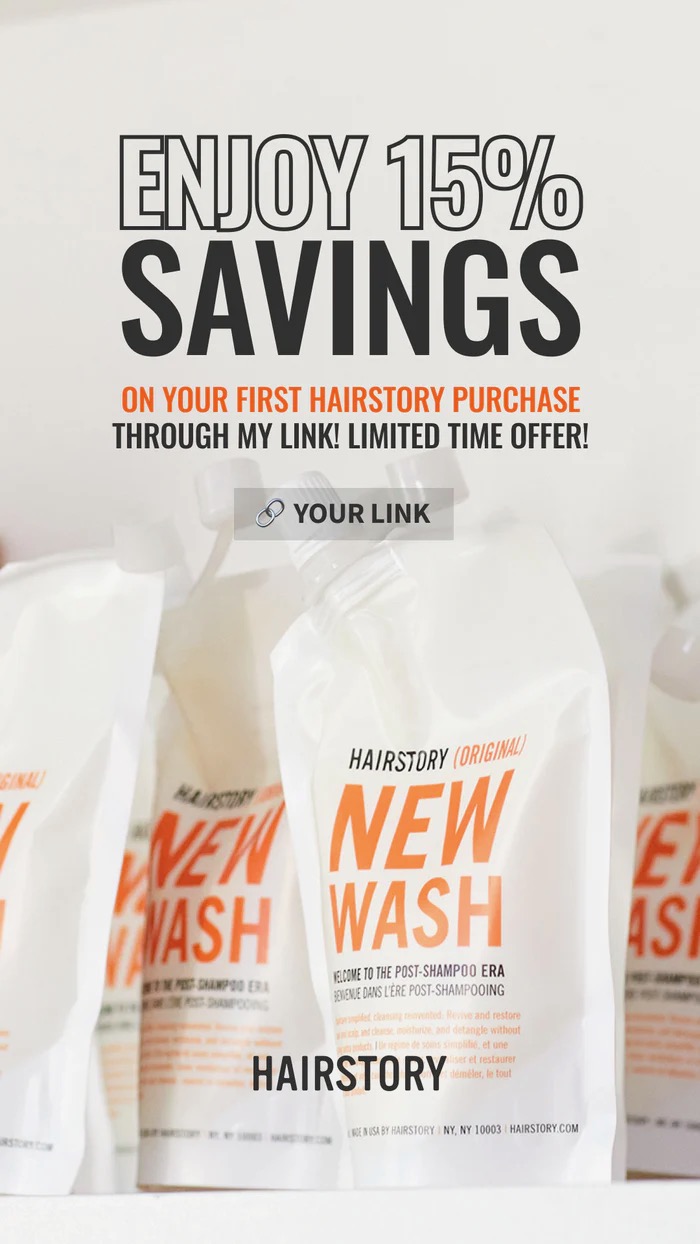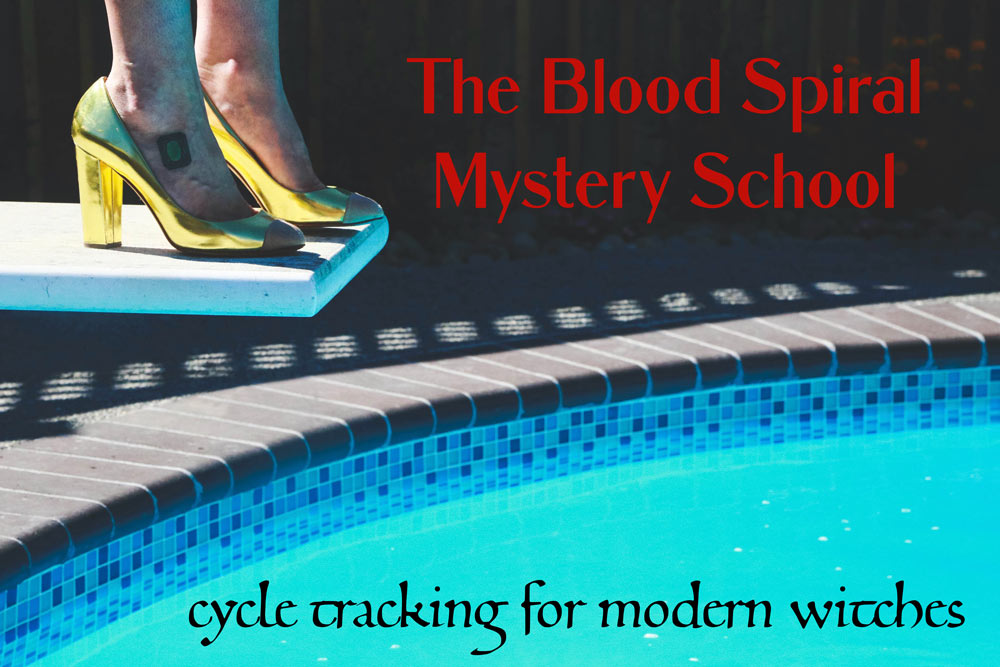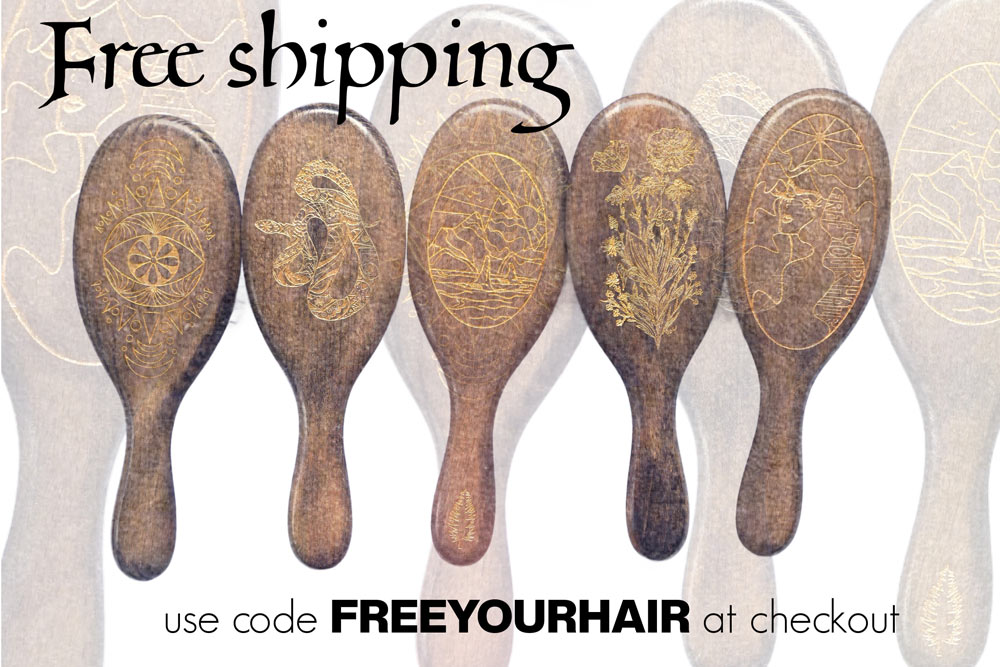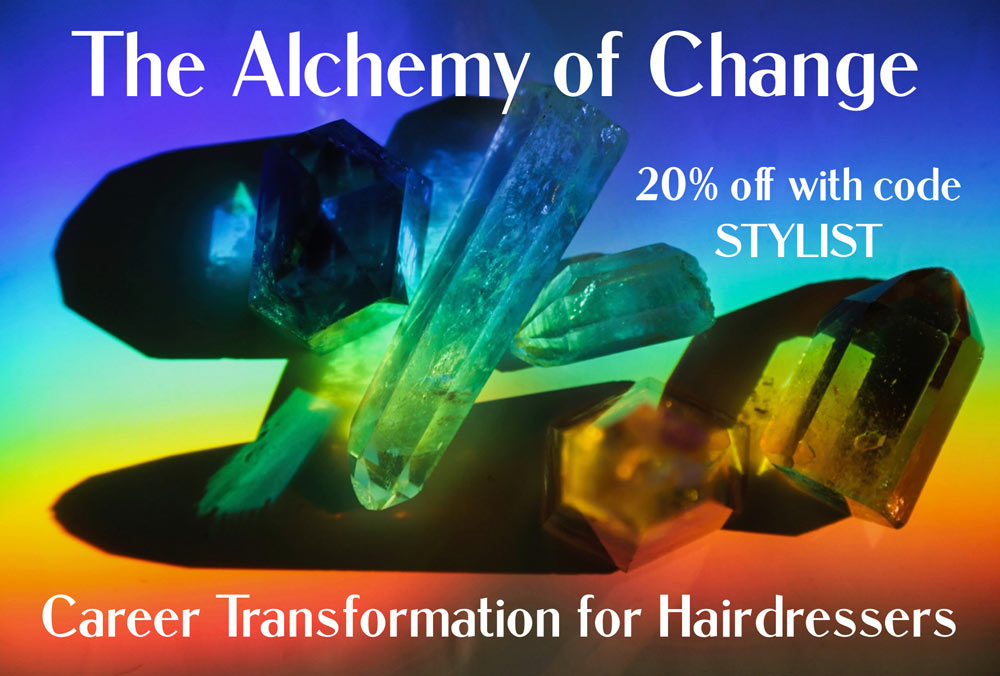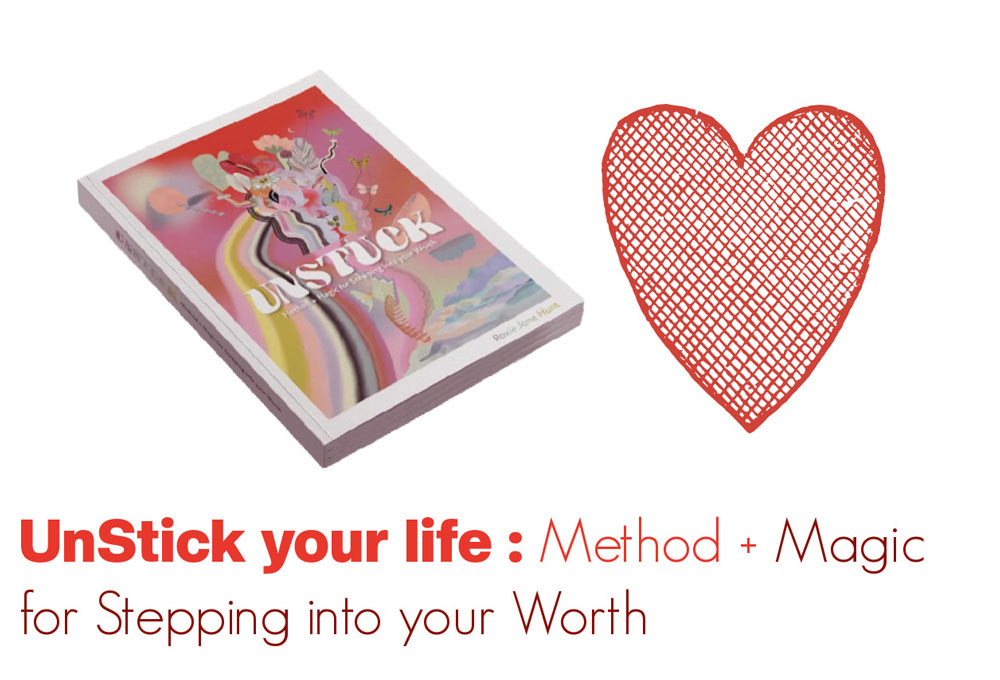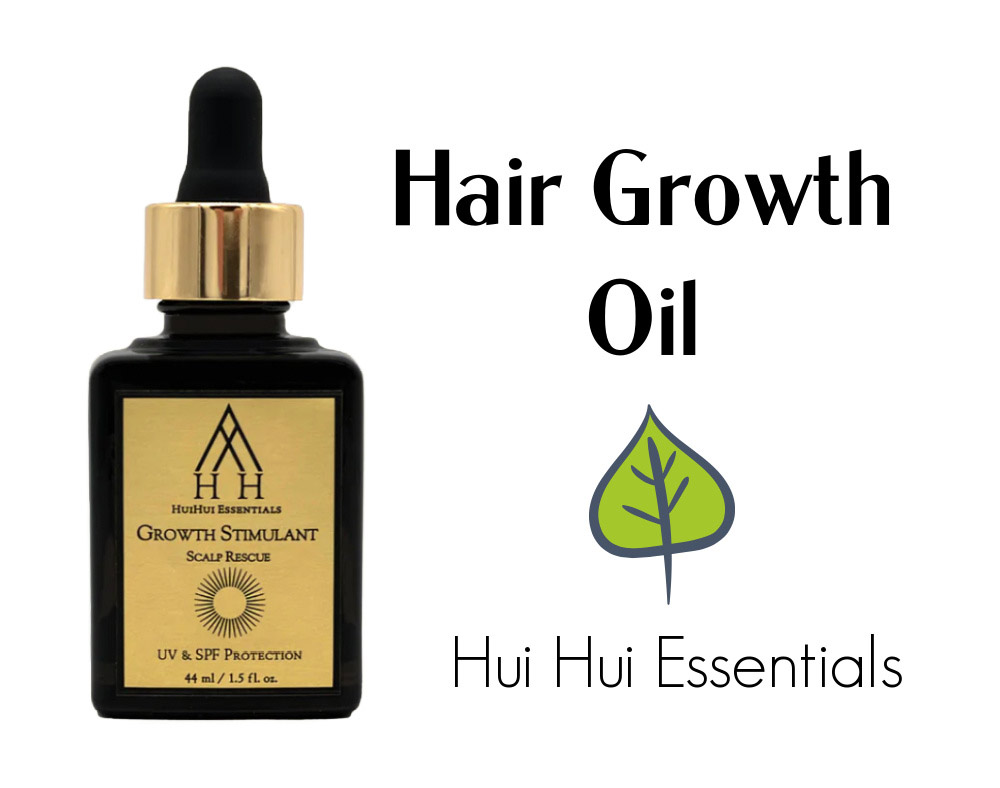Hi babes! Here is a guest post from Patrina, natural hair blogger behind naturalhairqueen.net
She reached out to see if I would be interested in publishing a guest post and of course, I said hell yasss because I have been so thirsty for some natural texture hair blog love to share here at HTHG.
To begin with, I want to acknowledge that The Natural Hair Journey represents something deeper rooted for women of color ( if you are a woman of color, you already know this on such a real level ) And many white folks don’t know the beginning of it myself included, but I am striving to understand more.
I want to honor and hold space for those journeys here, because I really feel that bridging an understanding gap between all of us can be achieved in a big way, through our hair. And, because natural textured hair is so beautiful and unique and dynamic, and requires a different ritual of care.
Thanks, Patrina, for sharing with us your favorite way to use
Henna for Natural Textured Hair. 
Photo by Kevar Whilby on Unsplash
Henna is one of the most useful things in a naturalista’s cabinet. It’s not just a hair dye. It’s a power-packed nourishing ingredient for strengthening the hair that comes from the Lawsonia inermis plant.
It’s exciting to think that Ancient Egypt and India used henna in their hair regimens and that it’s still being used today. I love going back to the basics with the products I use because they are a pure, natural, and a pleasant step away from the commercial products on the shelves. Plus, you know it has to be good if women have been using it for thousands of years.
When I first started using henna, I only wanted to cover a few gray hairs, but what I discovered was something way beyond a hair dye. What I found is that while most hair dyes break down the protein in hair, henna works to strengthen and condition it.
Henna won’t color your hair, so if you’re looking for a significant change, you won’t see it. It’s more like a slight tint, which is perfect if you just want to give a minor reddish tone to grays to make them less noticeable.
But like I said, henna is so much more than a way to dye your hair naturally. It works to coat the hair and fill in gaps on the hair shaft. Henna is not a protein treatment, but it is similar because it repairs and protects weak and fine strands.
 How to Find Quality Henna
How to Find Quality Henna
The first step to getting started with henna is to find a quality product. Looking for henna can be confusing because there are many products to choose from, and the one in the conventional hair dye box looks like it will be the easiest to use.
However, it’s the pre-mixed henna you want to stay away from if you want the most natural and potent product. Henna that comes in tubes and tubs most likely has dye, additives and other junk you don’t want in your hair or body.
Instead, look for henna that comes in powder form. Jamila and Nupur are two trusted brands you can use for pure henna. Real henna requires you to do some work, but it will be worth it in the end because your hair will be shinier, healthier, and tinted without the use of chemicals or other harmful ingredients.

Figure 1 Photo by Tamarcus Brown on Unsplash
How Often Should You Use Henna?
I must admit, I don’t use henna as frequently now as I did in the beginning. It’s a long process that can easily take one full day to complete. Now I only use it when I feel my hair needs it, or when I’m in the mood to treat my hair to a proper conditioning.
Aim to use henna once per month to strengthen and condition hair if you’re new to using it. Applying it more frequently could lead to breakage. Henna has a drying factor, so you always want to deep condition your hair afterward.
How to Make and Apply Henna
One thing about henna is that it’s messy. You’ll want to avoid applying it in your bedroom or anywhere that doesn’t have hard surfaces. You can clean it from the shower walls, but you should cover your bathroom counters and floor with newspaper to make it easier to clean up.
Make the henna the day before because it takes about 12 hours for the powder to activate. Here are some excellent ingredients to mix with henna:
Peppermint, eucalyptus, rosemary, or tea tree oils. These four essential oils will add an antifungal and antimicrobial layer to your henna mix for excellent scalp health. Peppermint, eucalyptus, and rosemary essential oils work well to stimulate the hair follicles and get the hair to grow.
Coffee or black tea. Caffeine helps to stimulate the scalp, and the dark colors of coffee and tea deepen the shade naturally.
Cinnamon or paprika. These two herbs will change the tint of your henna to more red or cinnamon brown.
Apple Cider Vinegar. Mixing ACV with henna will help to balance pH and restore the overall health of the hair shaft.
Avoid mixing coconut or other hair oils in with your henna because it will change the texture and make it difficult for the henna to grab onto the strand.
You’ll need about ½ cup of liquid to one package of powder, but be sure to read the instructions on your particular package.
Henna may react with metal, so use a plastic spoon to mix. The consistency of your henna should be like yogurt, and it should be smooth. Blend well. Then let the henna sit covered at room temperature for 12 hours.
The henna will be ready to apply the following day. Part your hair into sections and coat the hair thoroughly with the mixture. Then cover with a plastic shower cap and leave it on your hair for 1-8 hours. The longer you leave it on, the more the colors will have a chance to tint your hair.
Use a moisturizing shampoo to wash the henna from your hair. Then rinse, and voila—all done!
Photo by JD Mason on Unsplash
I always follow a henna treatment with a deep conditioner because the henna can be drying. I usually add ingredients to a natural store-bought brand. Every head of hair is individual, unique, and has its own characteristics. Adding your choice of ingredients to a store-bought moisturizing deep conditioner is a way to customize it to fit your own needs.
My favorite ingredients to add to deep conditioner are honey, peppermint, eucalyptus, avocado oil, and jojoba oil. These additions are fantastic for drawing in moisture and nourishing the scalp and hair shaft. I leave the deep conditioner on my hair for at least two hours, and then I rinse and detangle in the shower.
Henna will make your hair softer, shinier, and stronger. I’ll be the first to admit that using henna is a long process, but it’s worth your time to try it at least once.
Now, it’s your turn to discuss. Have you tried henna on your natural hair?
Bio:
Patrina is the founder of Naturalhairqueen.net; a blog to educate and inspire women with natural hair. Patrina just celebrated her 10-year natural hair anniversary, and achieved her goal of waist length hair. With the knowledge she has learned over the years she is dedicated to share her knowledge, and experience to educate women who wish to have moisturized, healthy natural long hair.
Social Media:
Website: www.Naturalhairqueen.net
Facebook: www.facebook.com/naturalhairqueensite/
Twitter: https://twitter.com/NatHairQueen
Instagram: https://www.instagram.com/nathairqueen/
